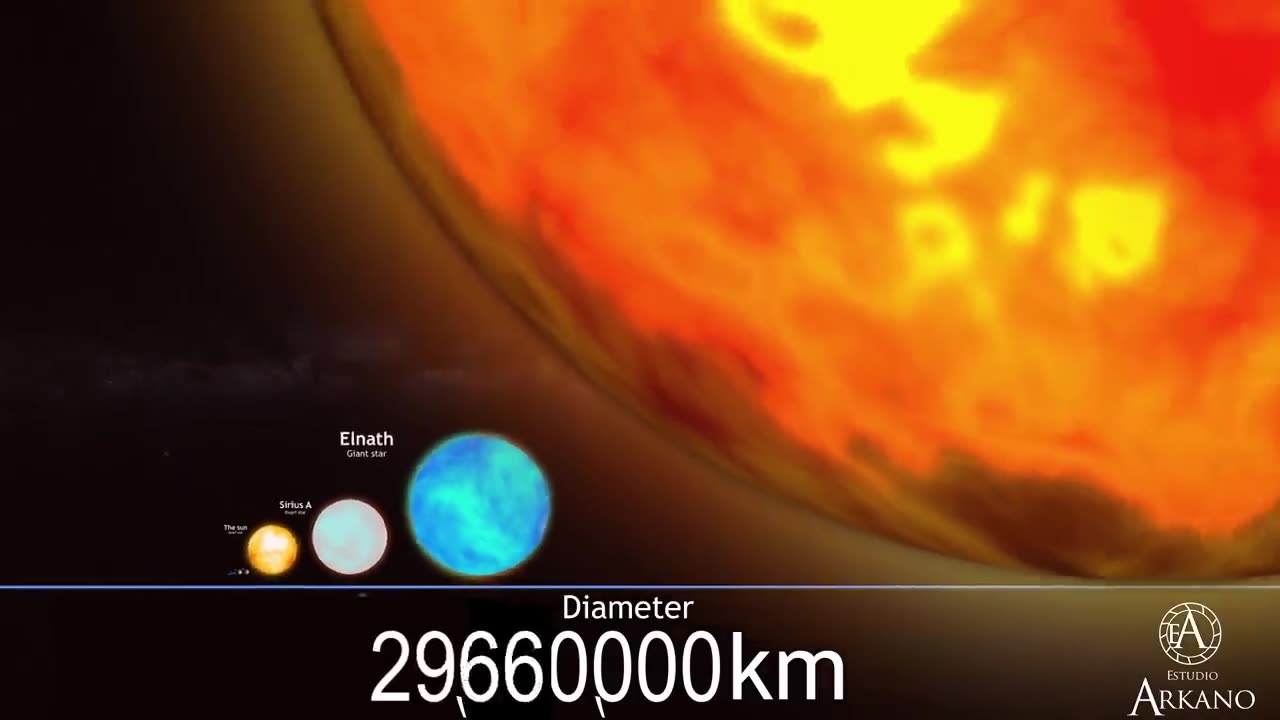Premium Only Content

your mind will collapse if you try to imagine this | UNIVERSE SIZE COMPARISON
1 LIGHT YEAR = 9 460 730 472 580.8 km
NEBULA: A nebula is a giant cloud of dust and gas in space. Some nebulae (more than one nebula) come from the gas and dust thrown out by the explosion of a dying star, such as a supernova. Other nebulae are regions where new stars are beginning to form
GALAXY: A galaxy is a huge collection of gas, dust, and billions of stars and their solar systems, all held together by gravity.
UNIVERSE: he Universe is all of space and time and their contents, including planets, stars, galaxies, and all other forms of matter and energy.
PLUTO: Pluto was discovered by Clyde Tombaugh in 1930 as the ninth planet from the Sun. After 1992, its status as a planet was questioned following the discovery of several objects of similar size in the Kuiper belt. In 2005, Eris, a dwarf planet in the scattered disc which is 27% more massive than Pluto, was discovered. This led the International Astronomical Union (IAU) to define the term "planet" formally in 2006, during their 26th General Assembly. That definition excluded Pluto and reclassified it as a dwarf planet.
MOON:The Moon is an astronomical body that orbits Earth as its only natural satellite. It is the fifth-largest satellite in the Solar System, and the largest among planetary satellites relative to the size of the planet that it orbits (its primary). The Moon is, after Jupiter's satellite Io, the second-densest satellite in the Solar System among those whose densities are known.
MERCURY: Mercury is the smallest and innermost planet in the Solar System. Its orbit around the Sun takes only 87.97 days, the shortest of all the planets in the Solar System. It is named after the Roman deity Mercury, the messenger of the gods.
MARS: Mars is the fourth planet from the Sun and the second-smallest planet in the Solar System after Mercury. In English, Mars carries a name of the Roman god of war and is often referred to as the 'Red Planet'. The latter refers to the effect of the iron oxide prevalent on Mars' surface, which gives it a reddish appearance distinctive among the astronomical bodies visible to the naked eye. Mars is a terrestrial planet with a thin atmosphere, having surface features reminiscent both of the impact craters of the Moon and the valleys, deserts, and polar ice caps of Earth.
VENUS: Venus is the second planet from the Sun. It is named after the Roman goddess of love and beauty. As the second-brightest natural object in the night sky after the Moon, Venus can cast shadows and, rarely, is visible to the naked eye in broad daylight. Venus lies within Earth's orbit, and so never appears to venture far from the Sun, setting in the west just after dusk and rising in the east a bit before dawn. Venus orbits the Sun every 224.7 Earth days. With a rotation period of 243 Earth days, it takes longer to rotate about its axis than any planet in the Solar System and rotates in the opposite direction to all but Uranus (meaning the Sun rises in the west and sets in the east). Venus does not have any natural satellites, a distinction it shares only with Mercury among planets in the Solar System.
EARTH:
Earth is the third planet from the Sun and the only astronomical object known to harbor life.
KEPPLER 22 B: also known by its Kepler object of interest designation KOI-087.01, is an extrasolar planet orbiting within the habitable zone of the Sun-like star Kepler-22. It is located about 587 light-years (180 pc) from Earth in the constellation of Cygnus. It was discovered by NASA's Kepler Space Telescope in December 2011 and was the first known transiting planet to orbit within the habitable zone of a Sun-like star. Kepler-22 is too dim to be seen with the naked eye.
NEPTUNE: Neptune is the eighth and farthest known planet from the Sun in the Solar System. In the Solar System, it is the fourth-largest planet by diameter, the third-most-massive planet, and the densest giant planet. Neptune is 17 times the mass of Earth, slightly more massive than its near-twin Uranus. Neptune is denser and physically smaller than Uranus because its greater mass causes more gravitational compression of its atmosphere. Neptune orbits the Sun once every 164.8 years at an average distance of 30.1 au (4.5 billion km; 2.8 billion mi). It is named after the Roman god of the sea and has the astronomical symbol ♆, a stylised version of the god Neptune's trident.
-
 13:50
13:50
Nikko Ortiz
16 hours agoStop Hurting Yourself For Views.
4.8K2 -
 2:07:06
2:07:06
Side Scrollers Podcast
1 day agoDiaper Furry Streamer Gets ONLY ONE DAY Suspension + Hasan PLAYS VICTIM + More | Side Scrollers
31.4K17 -
 56:38
56:38
DeProgramShow
1 day agoDeprogram with Ted Rall and John Kiriakou: "Jake Tapper on the Global Hunt for an Al Qaeda Killer”
4.25K3 -
 1:43:07
1:43:07
The Michelle Moore Show
2 days ago'The 12 Open Doors' Guest, Steve Jarvis: The Michelle Moore Show (Oct 17, 2025)
12.9K10 -
 LIVE
LIVE
Lofi Girl
3 years agolofi hip hop radio 📚 - beats to relax/study to
103 watching -
 1:45:06
1:45:06
Badlands Media
23 hours agoDevolution Power Hour Ep. 399: No Kings, Antifa’s Collapse & Trump’s Year of Peace
276K81 -
 2:56:00
2:56:00
Laura Loomer
9 hours agoEP150: New Yorkers Brace For Islamic Takeover After Mayoral Election Debate
81.5K96 -
 1:35:37
1:35:37
Man in America
14 hours agoThe Forbidden Medicine of Light: Why is Big Pharma HIDING This From Us?
61.6K22 -
 2:35:13
2:35:13
BlackDiamondGunsandGear
7 hours agoAFTER HOURS ARMORY / BUILDING GUNS ARE ILLEGAL? / Marine Gun Builder RETURNS!!
22.3K3 -
 2:05:19
2:05:19
Damysus Gaming
7 hours agoARC Raiders - SERVER SLAM TIME!!!! LFG!!!
36.4K2